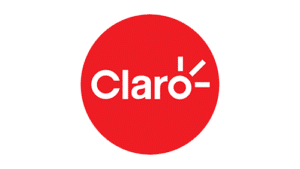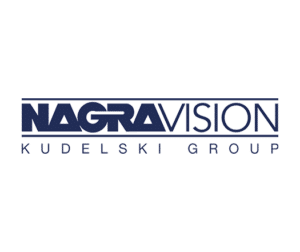The events over the past year have completely changed the way content is consumed. As stay-at-home orders were initiated across the globe due to the COVID-19 pandemic, the demand for quality and diverse in-home entertainment skyrocketed in parallel.
During lockdown, when schools and offices closed, consumers were binging content and spending money on entertainment at home. Many subscribed to various SVOD services and there has been a positive correlation between lockdown and increased consumption of media. According to Omdia, we saw more than 220 million new online video subscribers – a level of growth previously not seen – and perhaps may not be equalled in the future either.
To meet this demand, numerous streaming services from Disney+ to HBO Max have saturated the market, making online streaming a growing medium for content owners to get their content in front of the eyes of viewers. IP-based content distribution, shortened movie distribution windows and live-streaming of high-value premium content is now the norm.
Unfortunately, players within the M&E ecosystem are not the only beneficiaries of this emerging digital world. Pirates have seen the opportunity presented by the distribution of content over IP and are taking advantage of this new access point to high-quality, in-demand content. Shocking in its impact, pirate subscription services are a billion-dollar industry in the U.S. alone.
This begs the questions, “How is the piracy threat evolving?” and “What strategies and tools are available to help in the fight?” These questions and more were recently uncovered during the DTVE Digital Symposium, “Content Piracy in the post COVID-19 era: The evolving threat and how to fight it” featuring an expert panel of speakers from beIN MEDIA GROUP, research powerhouse Omdia and NAGRA.
With the increase demand for content, it would seem that having numerous streaming service options would be everything a consumer would want. However, the opposite tends to be true. Subscription fatigue is real, both in terms of ease-of-use and cost. When you add them up, consumers are quickly approaching similar costs to what they would be paying for a traditional cable service in the U.S. This combined with having to keep track of what content is on what service and how to find desired programming, can be cumbersome.
What’s more is that, according to Omdia, consumers who pirate content go the cinema twice as much as non-pirates. They also participate in what can be perceived as more expensive services, such as viewing pay-per-view content four time as much as non-pirates. In short, these consumers are willing to pay for content – but prioritize convenience and accessibility.
Pirate services are an attractive alternative. Monetizing valuable content that they have stolen, they can offer consumers virtually any content, all on one platform at minimal costs. Consumers tend to go on the path of least resistance, making accessibility and ease-of-use more attractive than doing the right thing. While many consumers do not have malicious intent, the outcome of consuming pirated content is malicious.
Providing an excellent user experience, with great content is key to keeping consumers withing the legitimate value chain. At the same time, anti-piracy technologies and services must be adopted by the entire M&E ecosystem to address the issue of piracy. There are number of technologies and tools content owners, broadcasters and service providers can embrace to do their part in protect content:
Forensic watermarking: Forensic watermarking enables content owners and pay-TV operators to embed a unique serial number in the content as it is playing, or at any point within the content value chain. By detecting these marks, it is possible to identify which legitimate clients the stream is leaking from, and then to stop the distribution through that point.
Monitoring: Powerful monitoring with sophisticated data collection is essential in fighting commercial piracy. An effective monitoring service employs a great deal of complex technology to quickly and accurately identify illegal streams and files, and then alerts anti-piracy analysts.
Takedown and blocking measures: When it comes to takedown services, technical countermeasures must be on-point. With the right solutions in place, it is possible to identify weaknesses in any part of the illegitimate services distribution chain. Once identified, action can be taken to allow the content rights holder to disrupt or shut down the illicit service.
Legal Action: In some cases, litigation, such as blocking orders, cease-and-desist orders or criminal complaints, is the only way to achieve results. Such is the case with recent legal victories from IBCAP, where NAGRA’s technical services were leveraged to fight content piracy.
Industry Collaboration: It is time for content owners (studios, sports rights owners), broadcasters and pay-TV service providers to come together to understand, manage and disrupt the ecosystem in which pirates operate. To be successful, anti-piracy measures must go beyond these typical players to include adjacent industries as well–such as government/legal entities, ISPs, cloud vendors, social media sites and even payment vendors.
The good news is that all players in the M&E ecosystem have access to the technologies, tools and expertise to improve their defense against all forms of piracy. Together, the industry can continue the fight and preserve the integrity of the legitimate content value chain.
The DTVE symposium session is now available on-demand. Moderated by Digital TV Europe’s Stuart Thomson the session addresses the changing nature of the piracy threat mentioned above, the need for a comprehensive strategy to combat that threat, and the tools available to industry players in the battle against piracy.
Access the webinar recording here or learn more about NAGRA Anti-Piracy Services here.























